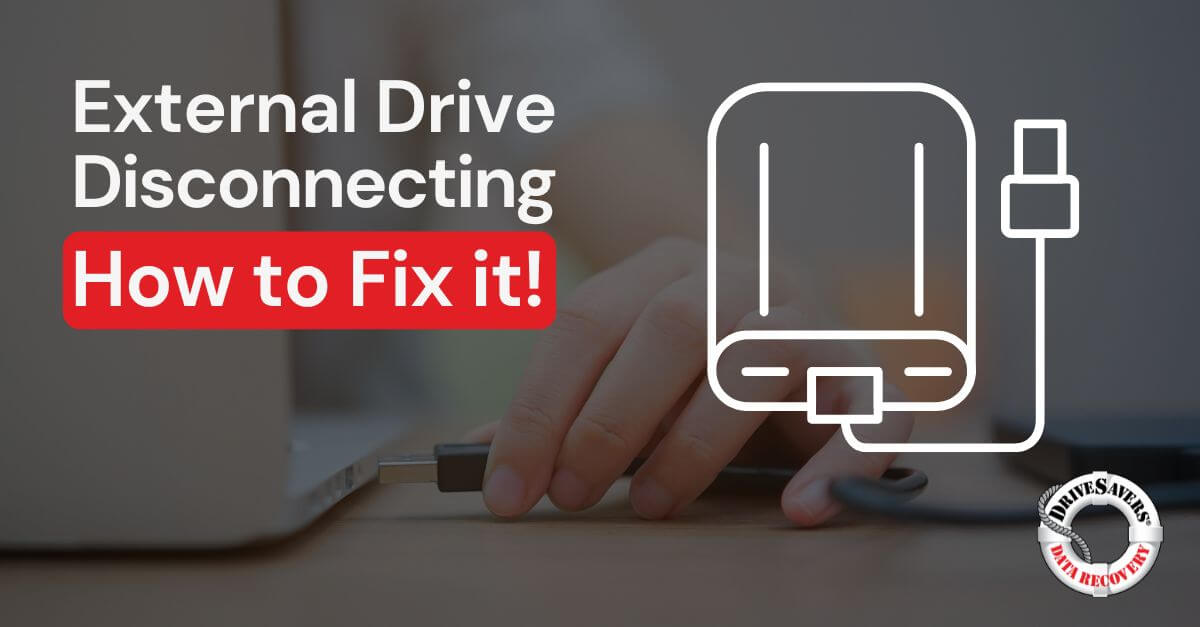Discover chilling tales of broken and damaged phones—rescued from fire, ice, and more by DriveSavers expert phone data recovery. Learn how lost data, photos, videos, and messages can be retrieved even from shattered Android devices and iPhones.
Tips to Increase the Life of your Solid State Drive

By Mike Cobb, Director of Engineering
Give it Some Space
Filling your drive to capacity will likely cause performance to suffer. Fill to no more than 85% capacity and leave 15–25% empty.
At least 15% free space is needed for disk caching and self-maintenance. The computer needs to use disk space to manage running applications and data on the drive. When you go below 15%, the available cache space is smaller, so the computer cannot complete tasks as quickly and efficiently. This extra work can put an added strain on the drive and cause premature wear on the drive.
Don’t Defrag
Defragging is a very important chore for a conventional spinning hard disk drive (HDD). This is because the mechanical arm can only collect data from one location at a time and must move all over the platter when pulling up a file that is split to multiple locations.
This isn’t the case for an SSD. An SSD retrieves data by way of electrical impulses through logical circuits and can retrieve all parts of a file simultaneously, no matter how scattered they may be. The extra effort involved in defragging will not improve performance and instead adds degradation to your SSD.
Defragging an HDD improves performance, but only commits wear and tear on your SSD. Don’t do it.
Management Software
SSDs have free management software of their own, tailored for their proprietary needs. This software can be downloaded from the manufacturer websites. It allows for firmware upgrades, patches, error monitoring and estimated drive life remaining. This is an important part of keeping your drive healthy and in top performance. You can also find third-party utilities that are more universal across multiple SSD brands.
Back Up, Back Up, Back Up!
While these tips may help to increase the life of your SSD, there are too many different causes of drive failure or data loss to list. The only way to effectively protect yourself from data loss is to have a regularly occurring automated backup in place.




